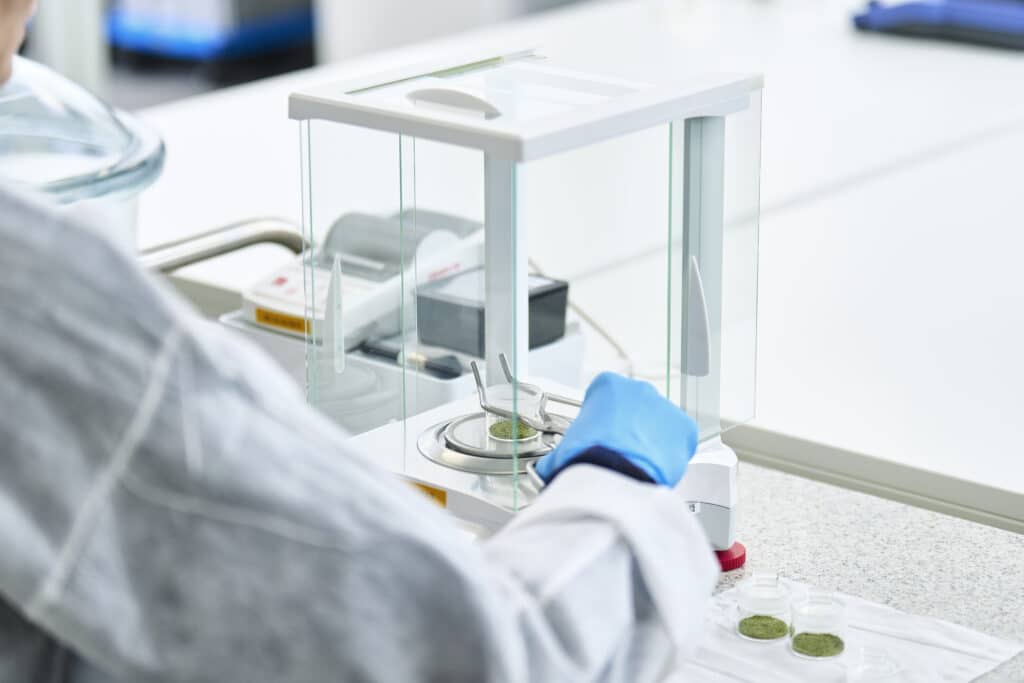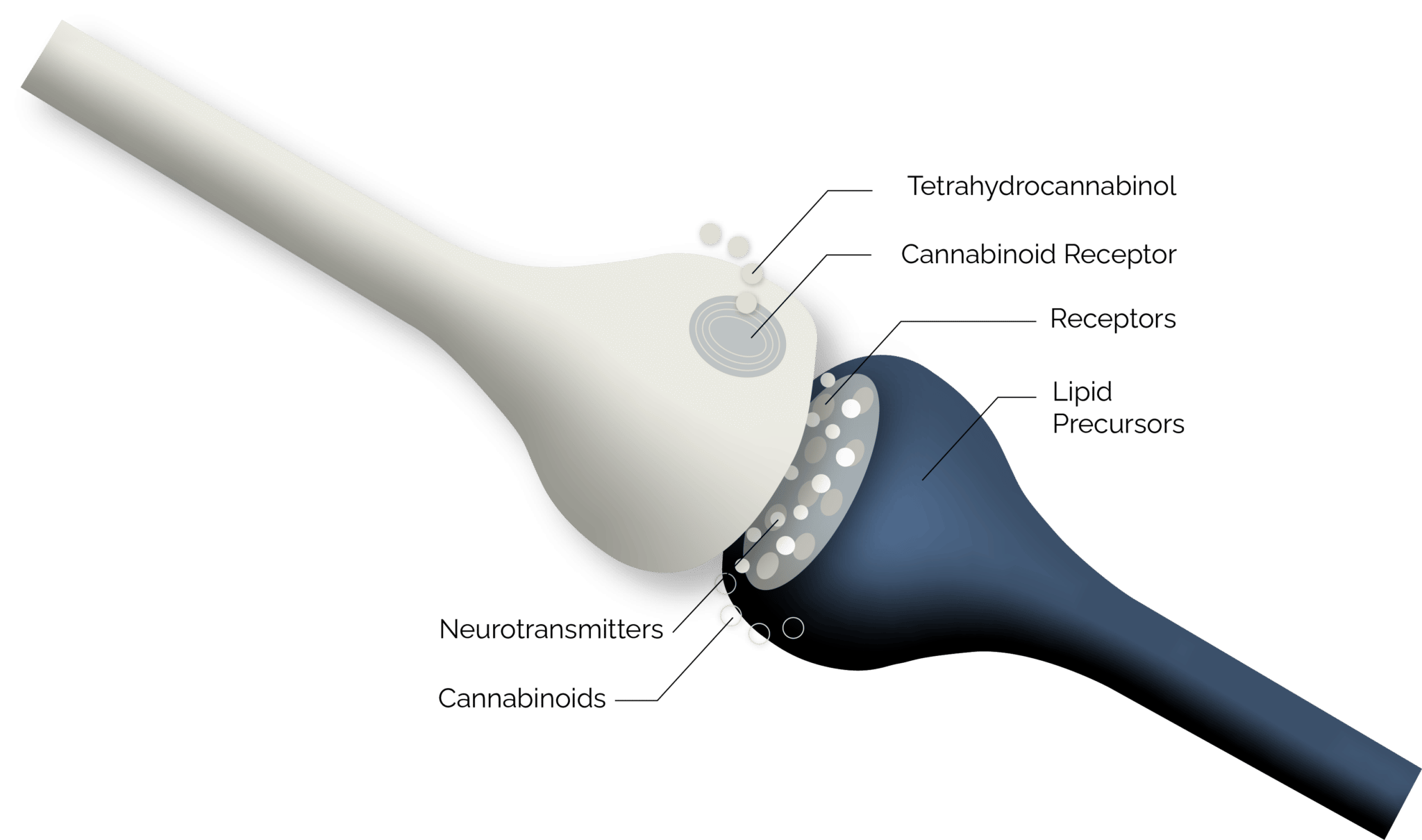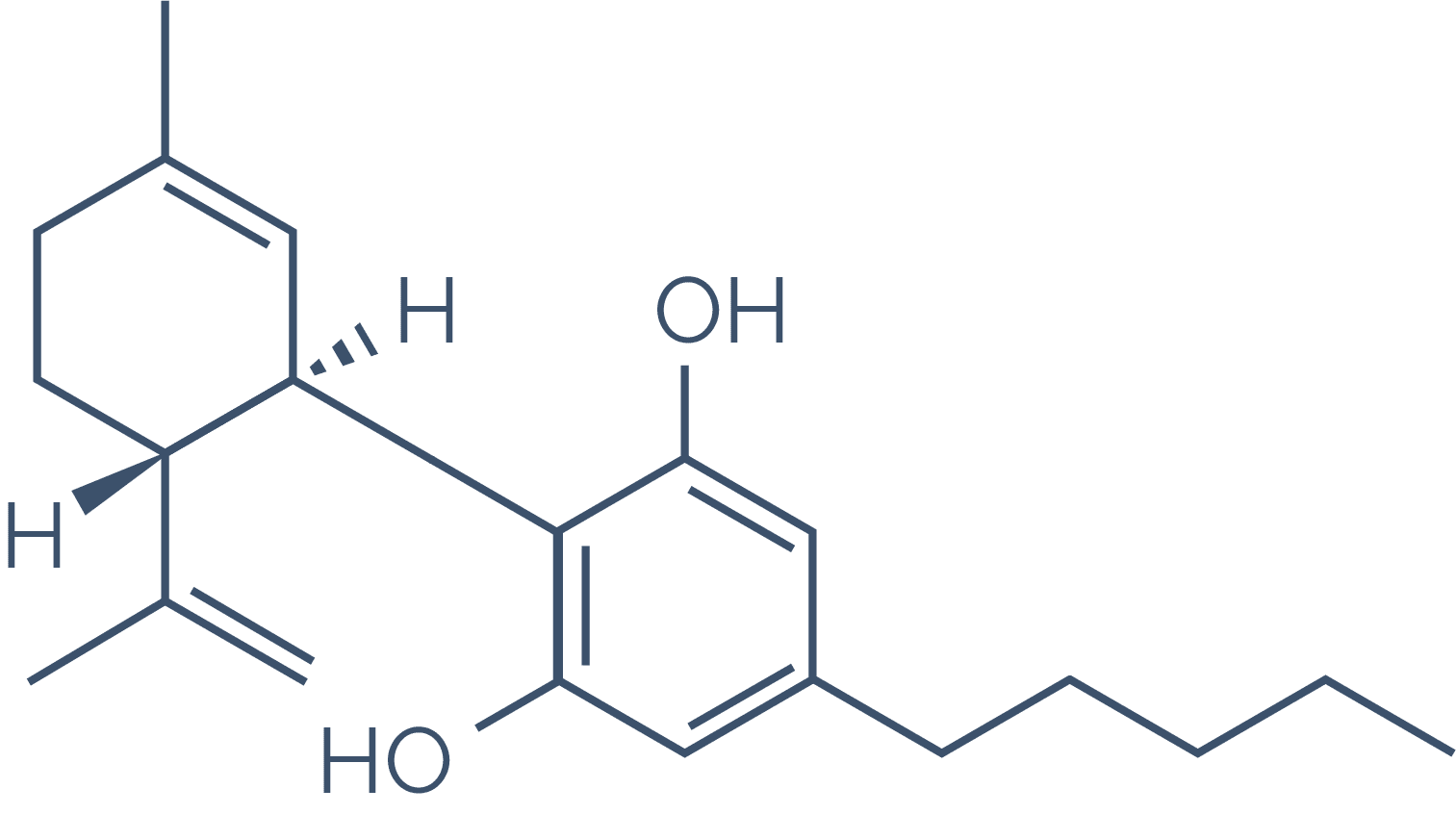Medicinal cannabis is an emerging industry with many promising aspects. Here, we give you an introduction to medicinal cannabis so you are better equipped to determine if medicinal cannabis is the right treatment for you as a patient.

Medicinal cannabis refers to the use of the cannabis plant (Cannabis sativa) and its constituent cannabinoids such as THC & CBD, to treat a variety of medical conditions.
The most well-known medicinal use of cannabis is for the management of chronic pain, but it is also used to treat conditions such as epilepsy, multiple sclerosis, and post-traumatic stress disorder (PTSD).
By law, patients in all European countries require a prescription from their doctor in order to legally obtain medicinal cannabis. The medicine may be prescribed in various forms, such as dried flower, oil extracts, capsules or topical creams that are either ingested orally, by inhalation or by topical application.
Medicinal cannabis works by interacting with the body’s endocannabinoid system (ECS). The phyto-cannabinoids (THC & CBD) in medicinal cannabis mimics endocannabinoids, active compounds naturally created by the body, to restore an imbalance caused by an outside event.
The endocannabinoid system (ECS) is a biological system found in the human body that is involved in regulating a wide range of physiological processes, including pain sensation, appetite, mood, and memory.
The ECS is made up of two main components: endocannabinoids and receptors.
The receptors acts as “locks” and cannabinoids, the chemicals that bind to these receptor, acts as “keys”. When a key is inserted in a lock, it’s a signal to the overall system that a change needs to happen; e.g. that pain needs to be reduced or appetite to go up.


Endocannabinoids are molecules that are produced by the body and bind to cannabinoid receptors, which are found on the surface of cells throughout the body. They acts a keys in the system.
When an endocannabinoid molecule binds to a receptor, it’s a signal to the endocannabinoid system that it has to take action.
The two main endocannabinoids are
The receptors acts as locks in the system, and receives the signals from cannabinoids for the system to take action.
Two main kinds of receptors play a part in the endocannabinoid system; CB1 and CB2. They are located throughout the body, including in the brain, immune cells, and various organs.
These receptors bind to endocannabinoids, which are molecules produced by naturally by the body. When the cannabinoids bind to the receptors, they create a mediating effect on e.g. pain, appetite, mood, and memory
Under normal circumstances with no special medical conditions prevalent in the body, the endocannabinoid system is in an equilibrium state; the body produces the right amount of endocannabinoids to get us to go to sleep at the right time, eat the right amount of food and feel appropriate levels of mental and physiological pleasure and pain.
However, if an outside event creates an imbalance in the endocannabinoid system, the body can no longer produce enough endocannabinoids to keep the endocannabinoid system in balance; e.g. a chronic pain condition or the application of chemotherapy.
In situations like this, it can be beneficial to add cannabinoids from an outside source, and medicinal cannabis is the most obvious outside source.
THC & CBD are the most well-known cannabinoids found in cannabis, but the plant also contains other cannabinoids such as CBG & CBN.
When cannabinoids from the cannabis plant interact with the receptors in the endocannabinoid system, they can produce a variety of therapeutic effects. For example, THC can bind to CB1 receptors in the brain, producing the plant’s psychoactive effects and also can help with pain and appetite. On the other hand, CBD is non-psychoactive and has been shown to have anti-inflammatory, analgesic, and anti-anxiety properties by interacting with both CB1 and CB2 receptors, making it useful for treating conditions such as chronic pain, epilepsy, and PTSD.
It is also worth noting that terpenes, which are found in the essential oils of the cannabis plant, also have therapeutic properties that can enhance the effect of the cannabinoids, making the flower more effective than using only one cannabinoid alone.
It is important to note that the research in this area is still in early stages, and more research is needed to fully understand the mechanisms behind the ECS and how medicinal cannabis can be used for different conditions. It is also worth noting that the different strains of cannabis have different levels of compounds, which can affect the overall therapeutic effects of the plant.
Cannabinoids are a group of compounds found in the cannabis plant that interact with the body’s endocannabinoid system (ECS). So far, more than 100 cannabinoids have been identified.
The two primary cannabinoids are
THC is the most well-known cannabinoid. It’s responsible for the plant’s psychoactive effects, but have also been shown to have effects on appetite, anxiety & sleep.

CBD is another well-know cannabinoid. It’s been shown to have pain relieving effects, as well as reducing inflammation, reducing anxiety and depression and improving sleep.

Cannabis contains more than 100 identified cannabinoids, many of which are believed to influence the medical effectivenes of medicine derived from cannabis. The most well-known include
CBG (cannabigerol): This is a non-psychoactive cannabinoid that is known for its anti-inflammatory and pain-relieving properties.
CBC (cannabichromene): This cannabinoid is also non-psychoactive and is known for its anti-inflammatory and anti-tumor properties.
CBN (cannabinol): This is a mildly psychoactive cannabinoid that is a byproduct of THC breaking down over time. It is known for its sedative properties.
Cannabinoids can be consumed in various forms, such as smoked, vaporized, orally ingested, or applied topically. They can be found in different concentrations in the cannabis plant depending on the specific chemical variant of the plant.
Cannabinoids can also be synthetically produced. However, synthetically produced cannabinoids tend to have a lower therapeutic effect, since they leave out the entourage effect.
Terpenes are a class of organic compounds that are responsible for the unique aroma and flavor of many plants, including cannabis. They are found in the essential oils of the plant and are produced in the glands, specifically trichomes, that are responsible for producing the plant’s cannabinoids
Terpenes are not exclusive to the cannabis plant. They are also found in a wide variety of other plants, such as citrus fruits, pine, and mint.
Terpenes have a variety of potential health benefits and may play a role in the entourage effect of cannabis. Some examples of terpenes found in cannabis are:
It is worth noting that terpenes are sensitive to heat, light, and oxygen, so they can be easily damaged or degraded during the cultivation, harvest, storage or extraction process. This will affect the final product aroma and flavor.
The entourage effect is the theory that the various compounds found in the cannabis plant, including cannabinoids, terpenes, flavonoids and other compounds, work together to produce a stronger synergistically therapeutic effect than any one compound alone.
The concept of the entourage effect suggests that the various compounds found in the plant interact with each other and with the body’s endocannabinoid system to produce a more potent and effective treatment than any one compound alone.
One of the most studied examples of the entourage effect is the combination of THC and CBD. While THC is known to have psychoactive properties, CBD is non-psychoactive, and has been shown to have anti-inflammatory, analgesic, and anti-anxiety properties. Together, they may be more effective at treating certain conditions than either compound alone. Studies have shown that CBD can modulate the psychoactive effects of THC, making it more tolerable and less prone to abuse.
Similarly, terpenes found in the cannabis plant have therapeutic properties that can enhance the effect of the cannabinoids, making the final product more effective than using only one of them. For example, the terpene limonene is known to have stress-relieving and mood-lifting properties, while the terpene myrcene is known to have sedative properties. When combined with THC, it can enhance the sedative effects of the cannabinoid, potentially making it more effective for treating insomnia.
It is important to note that the research in this area is still in early stages, and more research is needed to fully understand the mechanisms behind the entourage effect, as well as the optimal ratios and combinations of the different compounds for different conditions.

Address: Schroll Medical ApS | Kirstinebjergvej 33 | 5792 Årslev
© 2024 Schroll Medical